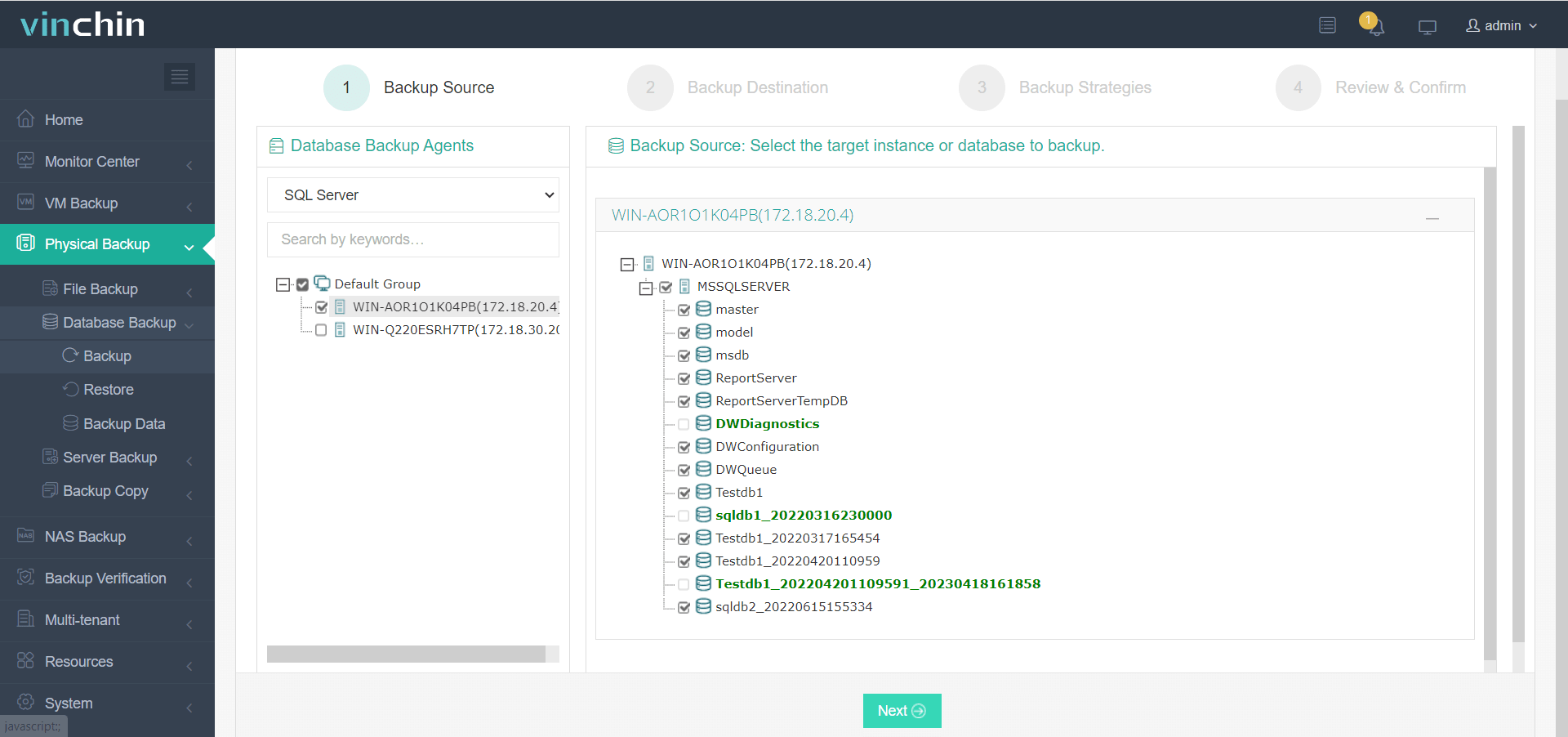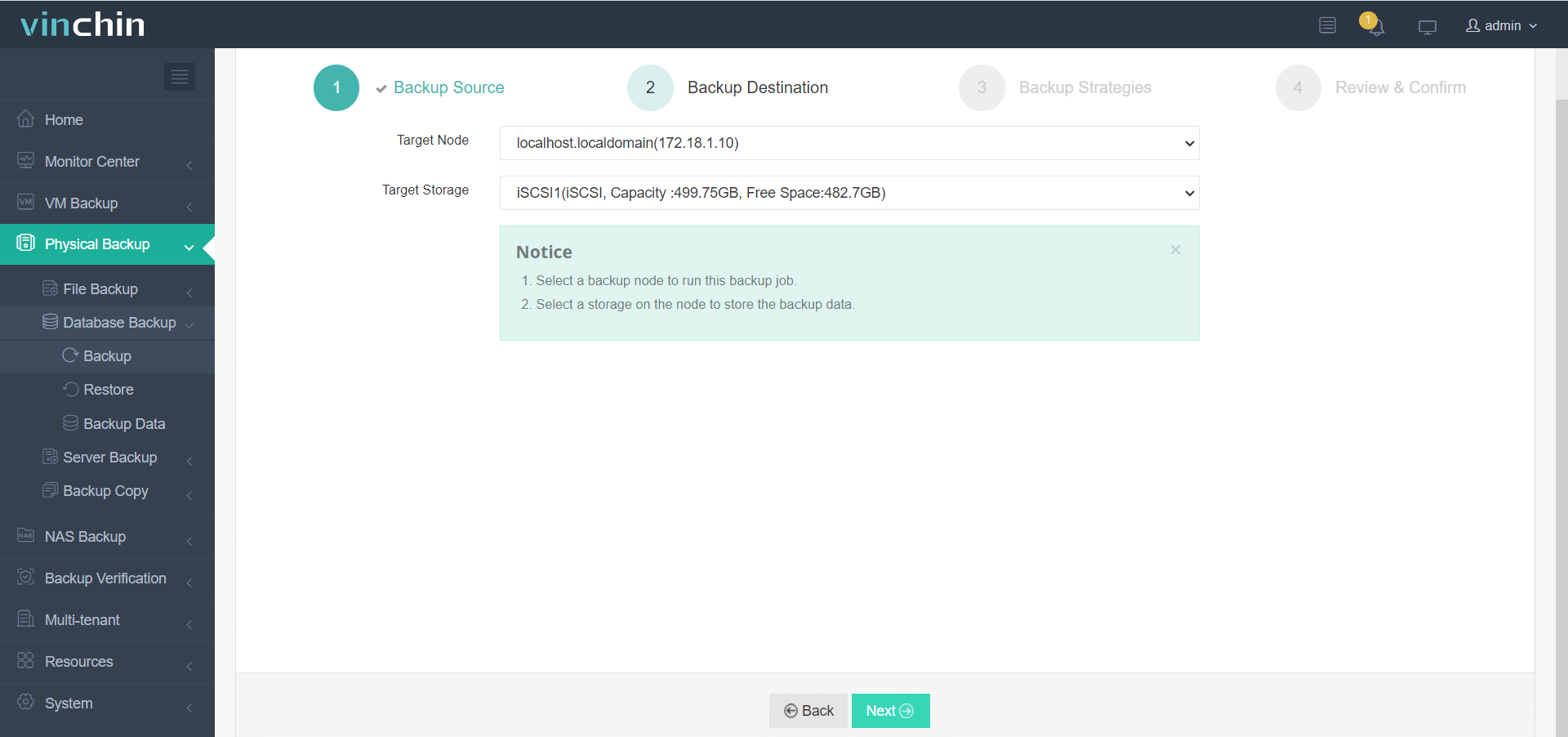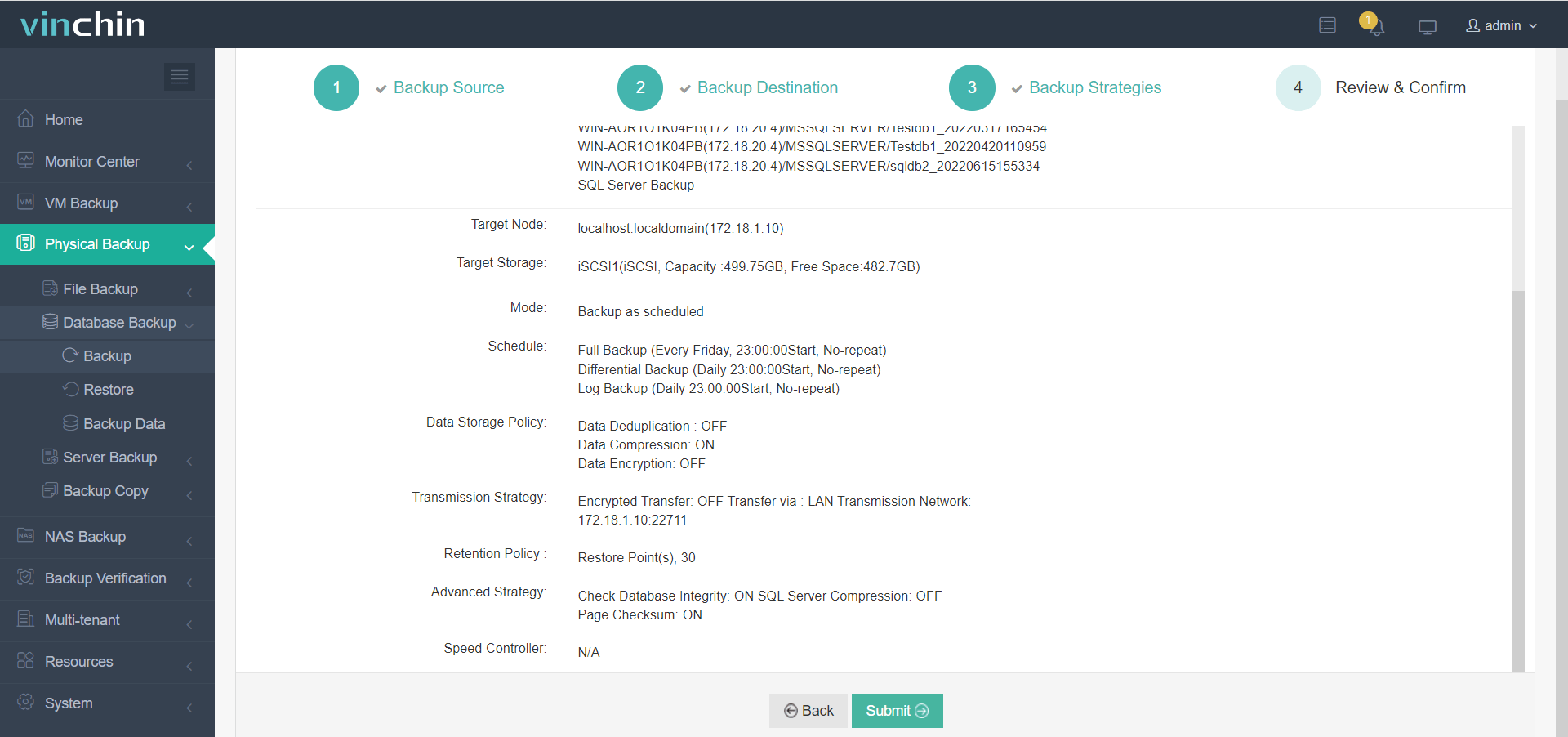-
What Recovery Pending Means in SQL Server
-
Why Databases Enter Recovery Pending State?
-
Method 1: Fix Recovery Pending SQL Server with T-SQL
-
Method 2: Restore Database from Backup
-
Method 3: Repair Database Using DBCC CHECKDB
-
Protecting Your SQL Server Databases with Vinchin Backup & Recovery
-
Recovery Pending SQL Server FAQs
-
Conclusion
When you see "Recovery Pending" next to your SQL Server database, it can feel like an emergency. This status means your database is offline—users cannot access data until you resolve the problem. But don’t worry: most causes are fixable if you follow a clear process. In this guide, we explain what "Recovery Pending" means in SQL Server, why it happens, how to diagnose it step by step, and proven ways to bring your database back online—no matter your experience level.
What Recovery Pending Means in SQL Server
The "Recovery Pending" state tells you that SQL Server knows the database needs recovery but cannot start that process yet. It’s different from "Suspect," where corruption is detected during startup; here, SQL Server waits because something blocks recovery from even beginning. Your data isn’t lost yet—the server just needs help resolving an underlying issue before moving forward.
You might wonder: does this mean my data is gone? Not necessarily. Often a missing file or resource is holding things up.
Why Databases Enter Recovery Pending State?
Understanding why databases enter this state helps you fix them faster—and avoid future trouble. Common causes include:
Missing or corrupt database files (like MDF or LDF)
Insufficient disk space on drives hosting data or logs
Abrupt shutdowns or power failures interrupting normal recovery
File system permission changes blocking access
Hardware failures such as bad sectors
Out-of-memory conditions on busy servers
Sometimes even a forced restart during heavy activity can leave databases stuck in Recovery Pending.
Method 1: Fix Recovery Pending SQL Server with T-SQL
If diagnostics show missing log files or minor corruption—and no recent backup exists—you may need direct intervention using T-SQL commands.
First back up all available database files if possible—even copying them out-of-band—to preserve what you have left.
Set the affected database into EMERGENCY mode so only sysadmins can access it:
ALTER DATABASE [YourDatabaseName] SET EMERGENCY;
Switch to SINGLE_USER mode so only one connection runs repairs:
ALTER DATABASE [YourDatabaseName] SET SINGLE_USER;
Run DBCC CHECKDB with repair options:
DBCC CHECKDB ([YourDatabaseName], REPAIR_ALLOW_DATA_LOSS) WITH ALL_ERRORMSGS;
This command tries to fix errors but may remove damaged pages—so some data loss is possible if corruption is severe.
Once complete (and errors are resolved), return the database to multi-user mode:
ALTER DATABASE [YourDatabaseName] SET MULTI_USER;
Check if users can now connect normally via SSMS queries or applications.
This method works best when transaction logs are missing/corrupt but most primary data remains intact. Always weigh risks carefully before proceeding!
Method 2: Restore Database from Backup
Restoring from backup is safest when you want zero—or minimal—data loss after disaster strikes.
Open SQL Server Management Studio (SSMS) as an administrator.
Right-click Databases, select Restore Database, then choose Device.
Click the ellipsis button beside Device; click Add, then browse for your latest valid backup file.
Select which backup set(s) to restore based on date/time needed.
Go to the Options tab; enable Overwrite the existing database if restoring over an old copy.
Click OK to begin restoration.
Wait for confirmation message stating success.
Afterward confirm users can connect again without error messages about pending recovery states.
Always test backups regularly using RESTORE VERIFYONLY so you know they’re usable before emergencies happen!
Method 3: Repair Database Using DBCC CHECKDB
If earlier methods fail—or deep corruption exists—you may need advanced repair tools built into SQL Server itself.
Begin by setting EMERGENCY mode again:
ALTER DATABASE [YourDatabaseName] SET EMERGENCY;
Switch into SINGLE_USER mode:
ALTER DATABASE [YourDatabaseName] SET SINGLE_USER;
Run integrity checks first:
DBCC CHECKDB ([YourDatabaseName]);
If errors appear requiring repair:
DBCC CHECKDB ([YourDatabaseName], REPAIR_ALLOW_DATA_LOSS) WITH ALL_ERRORMSGS, NO_INFOMSGS;
Return database back online:
ALTER DATABASE [YourDatabaseName] SET MULTI_USER;
Remember: using REPAIR_ALLOW_DATA_LOSS always carries risk! Only use this option when no clean backup exists—and document exactly what was lost during repairs for compliance reasons later on.
Protecting Your SQL Server Databases with Vinchin Backup & Recovery
While manual fixes address immediate issues, proactive protection prevents future headaches. Vinchin Backup & Recovery stands out as a professional enterprise-level solution supporting today’s mainstream databases—including Oracle, MySQL, MariaDB, PostgreSQL, PostgresPro, MongoDB and especially Microsoft SQL Server. For organizations relying on SQL Server environments, Vinchin Backup & Recovery delivers robust features tailored for both routine operations and disaster scenarios.
Key capabilities include incremental backup for efficient storage usage and rapid restores; batch database backup for streamlined management of multiple instances; flexible retention policies such as GFS retention policy; ransomware protection safeguarding critical assets; and cloud/tape archiving ensuring offsite resilience. Together these features provide comprehensive coverage against accidental loss and cyber threats while simplifying ongoing maintenance tasks across complex infrastructures.
Vinchin Backup & Recovery offers an intuitive web console designed for simplicity:
1. Select source SQL Server database(s),

2. Choose target storage location(s),

3. Configure backup strategies,

4. Submit the job.

Recognized globally with top ratings and trusted by thousands of enterprises worldwide, Vinchin Backup & Recovery offers a fully featured free trial for 60 days—click below to get started protecting your business-critical databases today!
Recovery Pending SQL Server FAQs
Q1: Can I resolve "Recovery Pending" without restoring from backup?
A1: Yes—if no major corruption exists—you may clear this state by freeing disk space or correcting file permissions then restarting services; otherwise use T-SQL repair commands cautiously.
Q2: What should I do first when seeing "Recovery Pending" after hardware failure?
A2: Check physical disks’ health via Windows tools > verify all .mdf/.ldf files exist > confirm folder permissions > review error logs > restart service if safe.
Q3: Is there any way to test repairs safely before applying them live?
A3: Yes—copy affected .mdf/.ldf files elsewhere > attach them as a test DB > run DBCC CHECKDB there first > review results before touching production.
Conclusion
Facing a "Recovery Pending" state in SQL Server feels stressful—but careful diagnosis plus proven fixes get most admins back online fast. For true peace of mind against future disasters? Trust Vinchin’s automated backups so every restore runs smoothly when seconds count most!
Share on:






